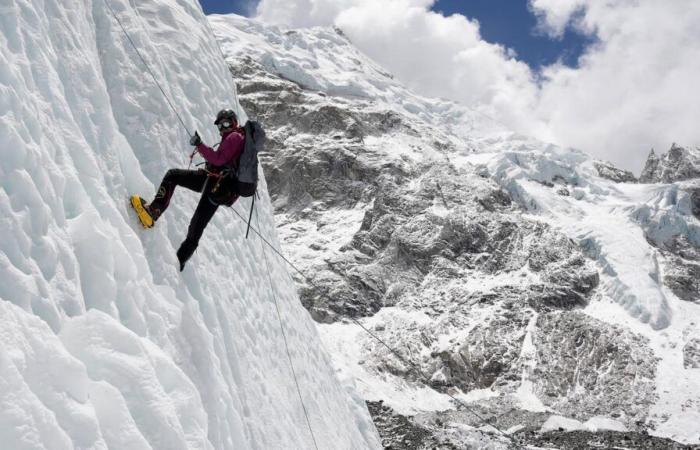Nepal seeks to harden the requirements to ascend to Everest. According to him draft a new law presented in Parliament, Only permits will be granted to the mountaineers who accredit having previously climbed a peak of more than 7,000 meters within the country. The measure aims to reduce congestion at the highest peak in the world and improve mountain security.
The Nepalese Himalayas, an epicenter of world mountainism, has been the scene of worrying scenes in recent years, with long lines of mountaineers in the so -called “zone of death”, where the lack of natural oxygen puts life at risk. In 2023, at least 12 climbers died and five disappeared on the slopes of Everest, while 478 permits were issued. The trend continued in 2024 with eight registered deaths.
He Bill, backed by the parliamentary majority, also establishes that both guides and expedition chiefs (“sardar”) must be Nepalese citizens. However, International operators have expressed criticism of the proposal. Lukas Furtenbach, from the Austrian agency Furtenbach Adventures, argued that “mountains near 7,000 meters and other preparation such as Ama Dablam, Aconcagua or Denali should also be considered.”
-For his part, Garrett Madison, by Madison Mountaineering, said that climbing a mountain of 6,500 meters anywhere in the world would be a more realistic option. In addition, he warned about the lack of certified guides in Nepal, suggesting that international guides accredited by the International Federation of Mountain Guides Associations (IFMGA) are allowed to work.
At the moment, Nepal has more than 400 peaks open to expeditions, of which 74 exceed 7,000 meters, although only a few are popular among mountaineers. The new regulations, of approved, would modify access to Everest from the next seasons.
Your opinions matter! Comment on the articles, Follow us on the Action Instagram and subscribe for free to our newsletterto informative alerts in the App or the channel of WhatsApp. Are you looking to license content? Click here







